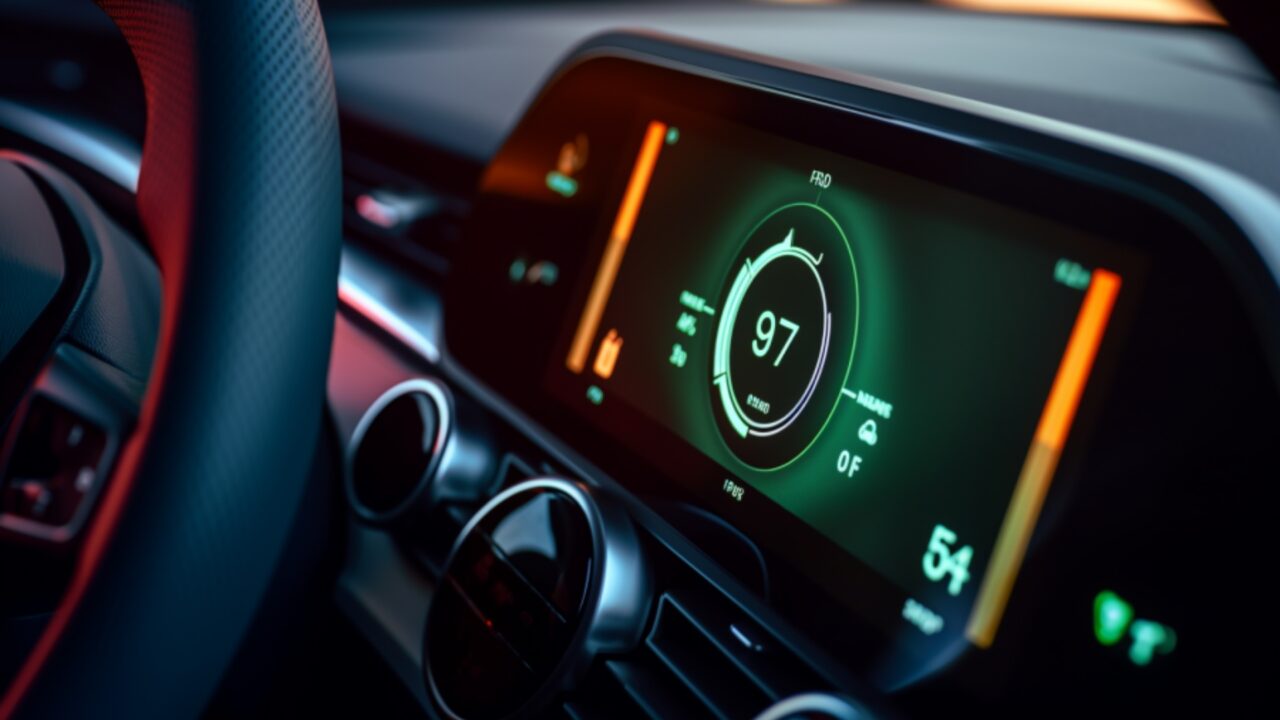Navigate the UK’s second-hand electric vehicle market with confidence. Uncover essential checks, key differences, and expert advice to ensure a wise EV investment.
Electric Vehicles (EVs) are increasingly becoming a staple on roads worldwide. But did you know that a brand new model isn’t your only option? Opting for a second-hand EV can be a savvy financial decision. Here’s what you should consider when checking out a potential second-hand EV purchase in the UK.
Why Buy Second-Hand?
There’s a common misconception that new is always better. While a fresh-off-the-assembly-line car might offer the latest features, second-hand EVs can provide substantial cost savings without compromising on quality or performance.
Breaking Down the Terms:
- BEV (Battery Electric Vehicle): A fully electric vehicle with no internal combustion engine (ICE).
- ICE (Internal Combustion Engine): Traditional engines that run on petrol or diesel fuel.
- PHEV (Plug-in Hybrid Electric Vehicle): Uses both an internal combustion engine and an electric motor.
- HEV (Hybrid Electric Vehicle): Similar to a PHEV but without plug-in capability.

For more terms, check out our glossary here.
Common Checks for Both ICE and EV
Contrary to what many think, the core structure of an EV is quite similar to its ICE counterpart. So, many of the pre-purchase checks for a second-hand BEV align with those for an ICE vehicle.
For any car, whether BEV, PHEV, or HEV, always check:
- Body condition
- Suspension
- Steering mechanism
- Brakes
- Tyre condition
- Interior elements
- Air conditioning (including filters)
- 12V electrical systems
- Radiators for cooling
It’s essential to realise that while the propulsion parts make an EV unique, they represent only roughly one-third of the car’s total components.
Key Differences Between ICE and BEV
With a BEV, you won’t have to worry about:
- Exhaust system
- Fuel system
- Gearbox
- Clutch
- Oil levels and condition
- Spark plugs (for petrol cars)
- Particulate filters (for diesel cars)
In essence, inspecting an EV might be more straightforward than you thought!
Vital Checks for a BEV
When considering a BEV, focus on:
- Main battery’s remaining capacity
- Charging system functionality
- Charge socket condition
- Portable EVSE (Electric Vehicle Supply Equipment) condition and functionality
- Vehicle operation in various driving modes
For PHEVs, you’ll need all standard ICE checks plus the BEV-specific ones. Similarly, for HEVs, consider standard ICE checks along with main battery capacity evaluation.

Checking Procedure
Before the Inspection:
- If BEV or PHEV: Request the owner to fully charge the vehicle.
- Familiarise yourself with the specific drive mode and EV functionalities.
Upon Arrival:
- Confirm the dash readout displays a full charge.
- For BEVs or PHEVs, check the estimated range with the air conditioning and heater turned off.
Test Drive:
- Watch for any alerts or warnings.
- Engage the highest possible regenerative braking level.
- Test the vehicle for a minimum of 30 minutes, both in urban and highway conditions.
- If possible, test the DC charging system.
Upon Return:
- Inspect AC and DC charging socket components.
- Examine the portable EVSE (if available).
Expert Advice
Should you feel unsure about assessing the EV on your own, hiring a trained mechanic or using a vehicle inspection service is advisable. ICE vehicles have been around for ages, leading to a wealth of knowledge in their inspection. However, fewer mechanics are familiar with EVs, making specialist knowledge more valuable.
While traditional mechanics can manage about two-thirds of an EV’s components (as they are common with ICE vehicles), the electric drivetrain and battery might require a specialist’s touch. Many EV technicians work in-house, trained by manufacturers on their vehicles. If you need an EV inspected pre-purchase, consider consulting a dealership selling that specific brand.

Private purchases
Ensure the vehicle you’re considering wasn’t privately imported, as UK dealers might be reluctant to inspect such vehicles. Such imports might have configurations not standard to UK models, complicating servicing and repair processes.
When checking out the car in person, ensure your vehicle’s alarms or warnings are clear upon startup. Configure the car for maximum regenerative braking, where applicable. Embark on a 30-minute drive, combining suburban and highway speeds, ensuring the estimated range aligns with the distance covered, especially at higher speeds.
Keep in mind that if your EV has been used mainly for lower-speed city trips, the range versus distance ratio might decline slightly faster, which is typical as EVs adjust range estimates based on recent usage patterns.
After driving (note that some EVs don’t regenerative brake at 100% battery charge), lift off the accelerator to verify if the regenerative braking system is operational. You should feel a mild to moderate braking effect. Be aware that different EV models implement regenerative braking in varied ways; test-driving multiple examples of the same model is recommended.
To check charging, conduct a visual inspection of the portable EVSE (Electric Vehicle Supply Equipment) for any damage, including leads and plugs. Examine the connection pins as described earlier. Proceed only if the EVSE passes this inspection.
Plug the EVSE into a power outlet and confirm if it lights up. Then, connect the EVSE to the car. Check if it begins charging the vehicle and if its data display is functional.
Purchasing a used EV in the UK can be a wise investment if done right. While the inspection process has some nuances compared to traditional vehicles, being aware of what to look for can ensure you secure a dependable and efficient electric car and you can check out an additional guide here. As the UK aims to be a leader in sustainable transport, joining the EV revolution, with a second-hand vehicle, is a step in the right direction.
